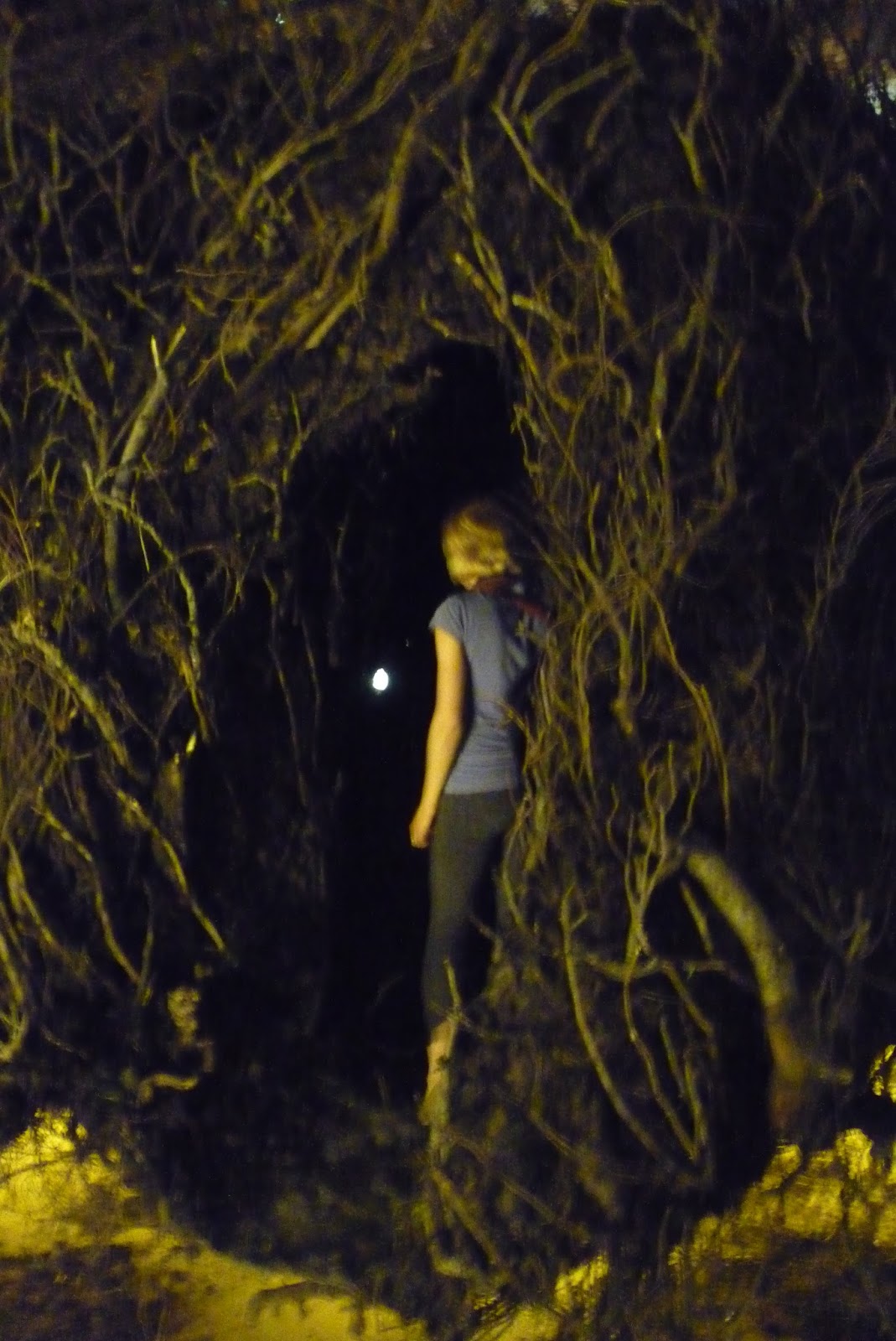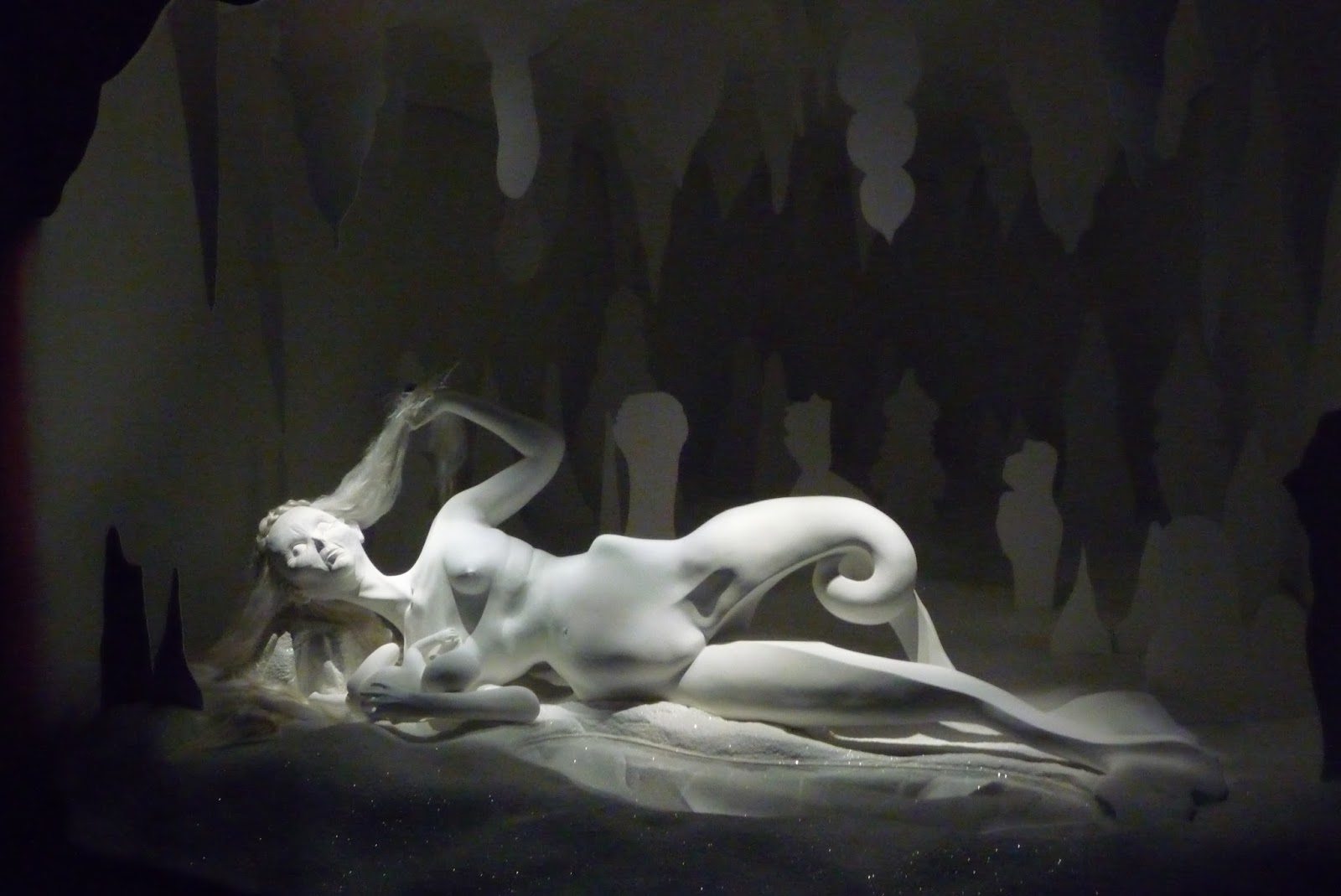Punta Della Dogana (Materia Prina)
The Prima Materia exhibition held at Punta Della Gogana was meant to explore an alchemistic ideology for which the show was given its name. Now that being said I thought they were unable to follow this rather broad theme, making the 34 artists involved and very large space in which the artists showed their work, a bit of an art overload. There were numerous themes and jests being thrown with absolutely no continuity, only the ego of the individual artist (some certainly bigger than others). After seeing the many artists I cannot say that I was entirely disappointed just a bit overwhelmed and there was no doubt many artists that stood out prominently to me, and I will name three.First there was Roni Horn a female artist from Ney York here she made several thick glass cylinders filled with water frozen in the still atmosphere of stagnant indoor air. I am not sure as to what she wanted to portray or simply to ask you to look into depths with the water, to see how light disperses and refracts or maybe a place to ponder. The second artist that stood out most to me was American Mark Grotjahn, his art at first glance expressive but methodical. I only had one real problem with this artist and that was the support he used to paint on, cardboard. I am not sure why that frustrated me so much maybe because as with many other works of contemporary art it is just no longer meant to last. Finaly there was artist Adel Abdessemed he made four large scale sculptures of the crucifix out of twisted razor wire, with this piece I think either you understand it or you don’t.

















































